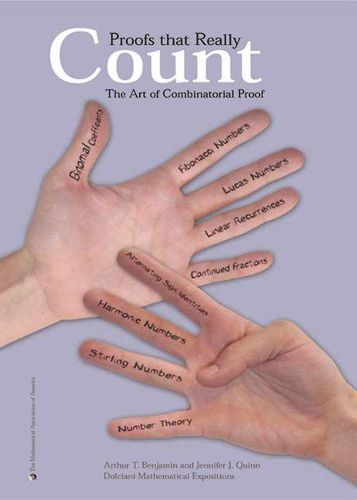Readings Newsletter
Become a Readings Member to make your shopping experience even easier.
Sign in or sign up for free!
You’re not far away from qualifying for FREE standard shipping within Australia
You’ve qualified for FREE standard shipping within Australia
The cart is loading…






Mathematics is the science of patterns, and mathematicians attempt to understand these patterns and discover new ones using a variety of tools. In Proofs That Really Count, award-winning math professors Arthur Benjamin and Jennifer Quinn demonstrate that many number patterns, even very complex ones, can be understood by simple counting arguments. The book emphasizes numbers that are often not thought of as numbers that count: Fibonacci Numbers, Lucas Numbers, Continued Fractions, and Harmonic Numbers, to name a few. Numerous hints and references are given for all chapter exercises and many chapters end with a list of identities in need of combinatorial proof. The extensive appendix of identities will be a valuable resource. This book should appeal to readers of all levels, from high school math students to professional mathematicians.
$9.00 standard shipping within Australia
FREE standard shipping within Australia for orders over $100.00
Express & International shipping calculated at checkout
Mathematics is the science of patterns, and mathematicians attempt to understand these patterns and discover new ones using a variety of tools. In Proofs That Really Count, award-winning math professors Arthur Benjamin and Jennifer Quinn demonstrate that many number patterns, even very complex ones, can be understood by simple counting arguments. The book emphasizes numbers that are often not thought of as numbers that count: Fibonacci Numbers, Lucas Numbers, Continued Fractions, and Harmonic Numbers, to name a few. Numerous hints and references are given for all chapter exercises and many chapters end with a list of identities in need of combinatorial proof. The extensive appendix of identities will be a valuable resource. This book should appeal to readers of all levels, from high school math students to professional mathematicians.